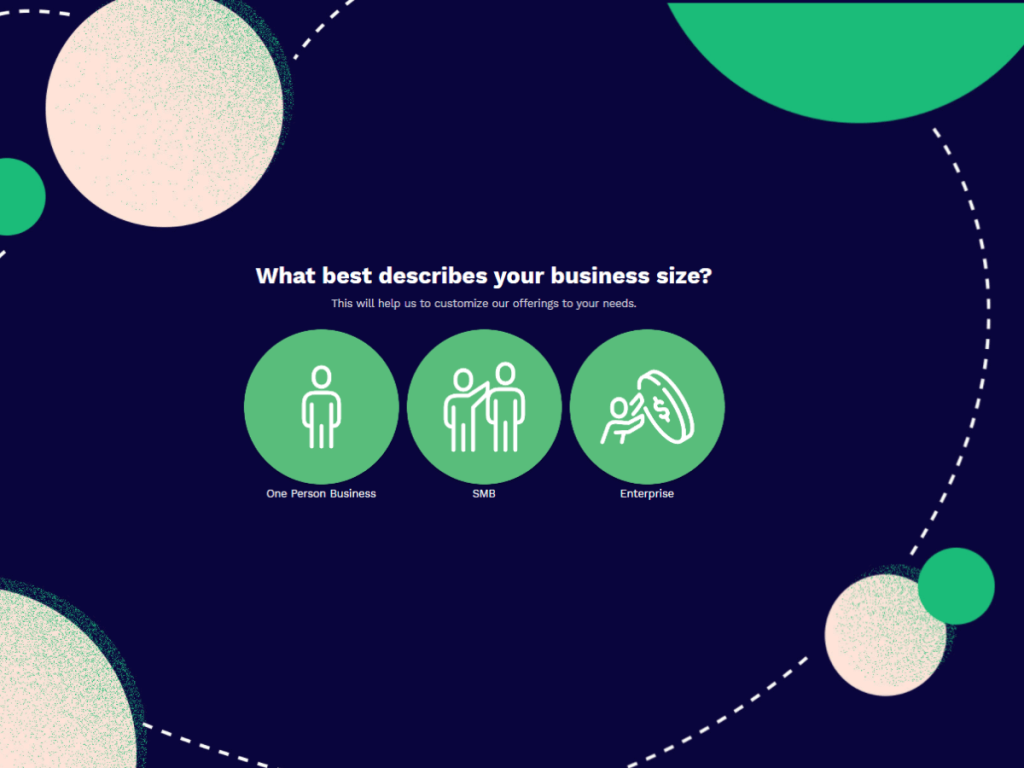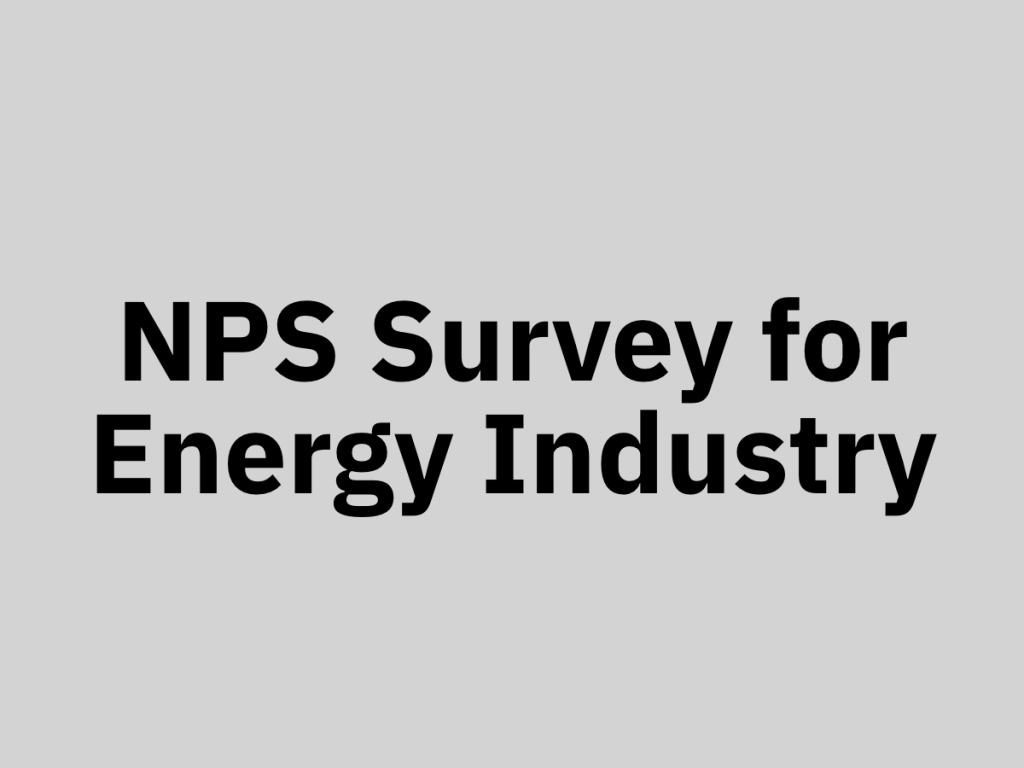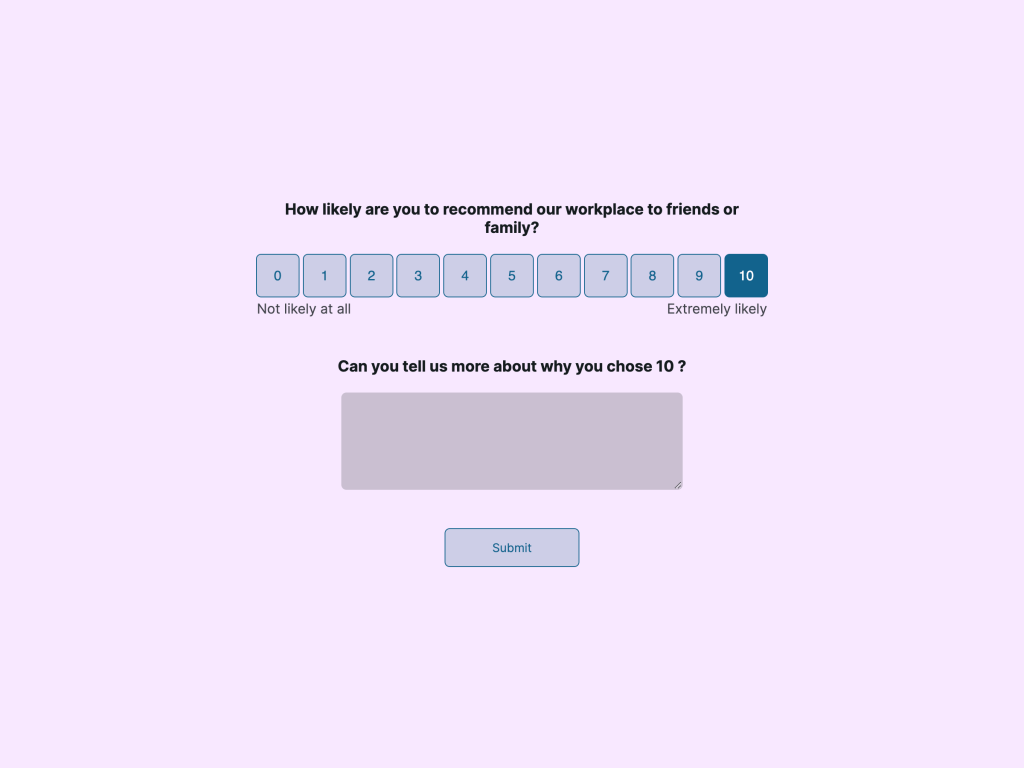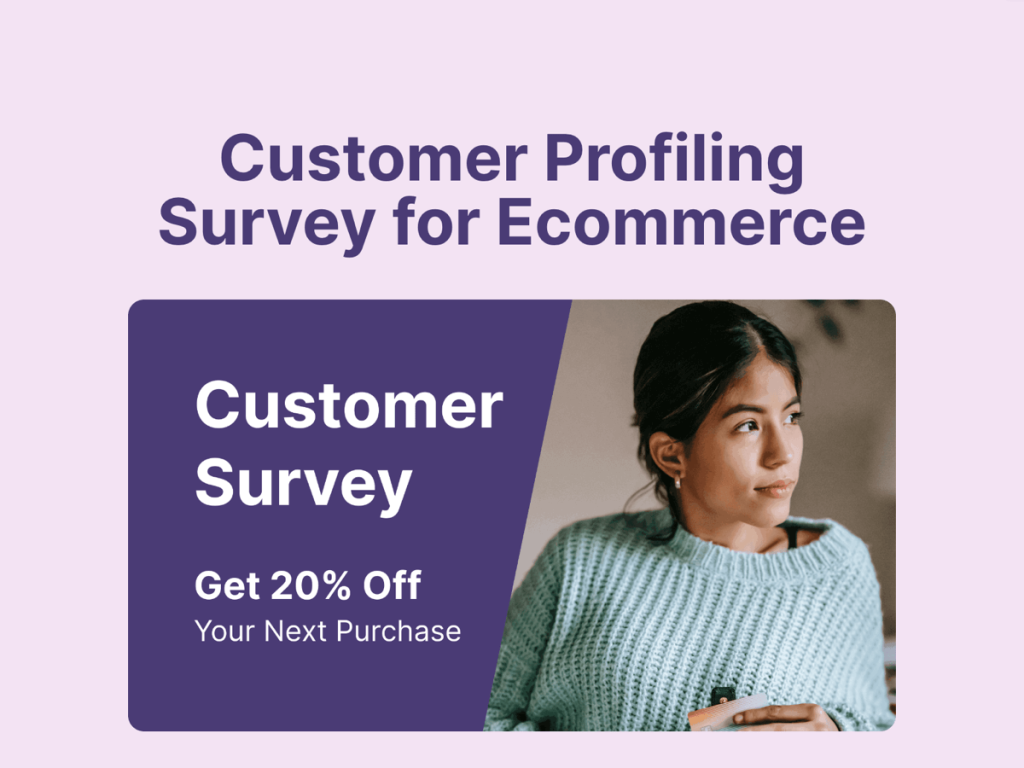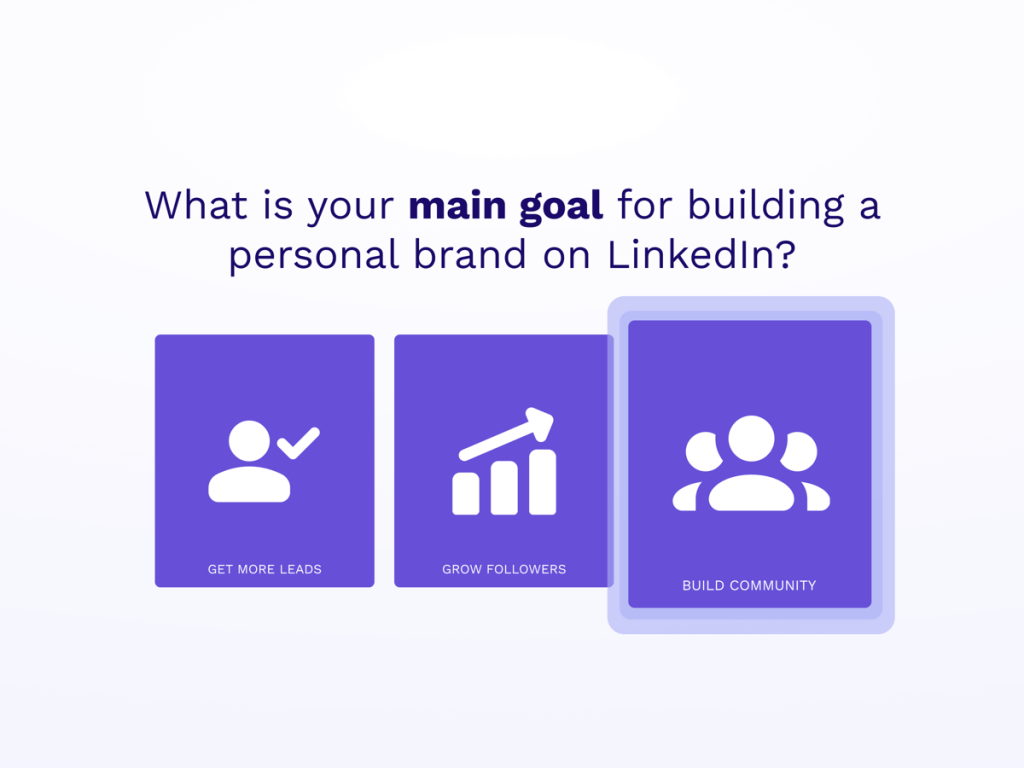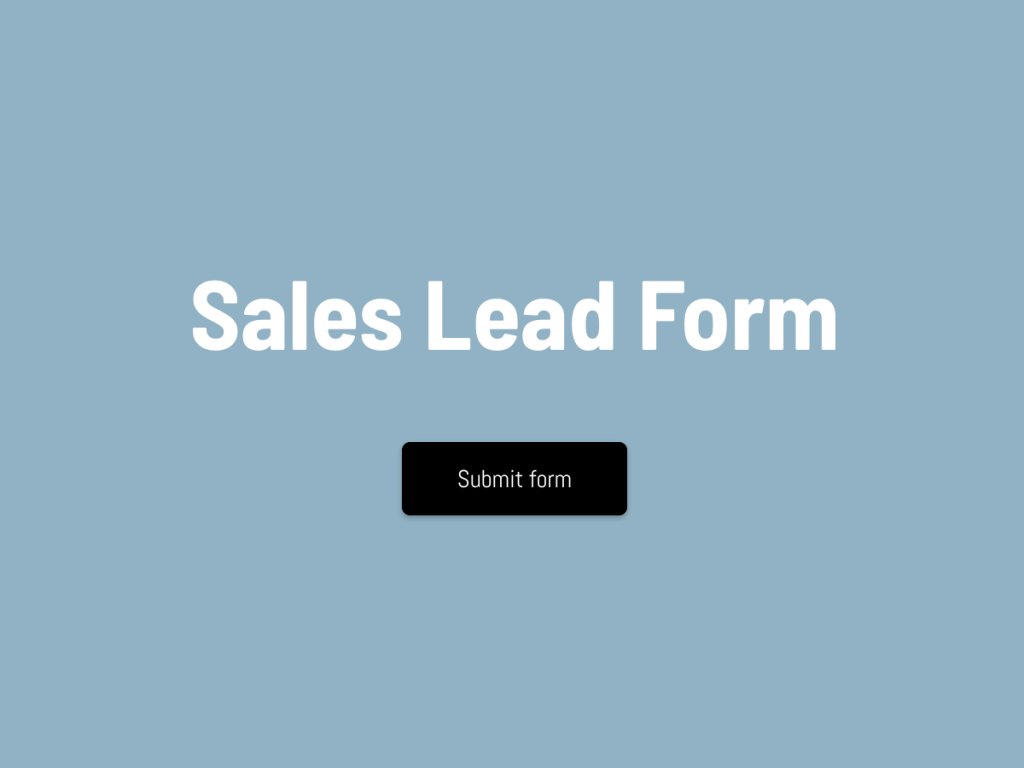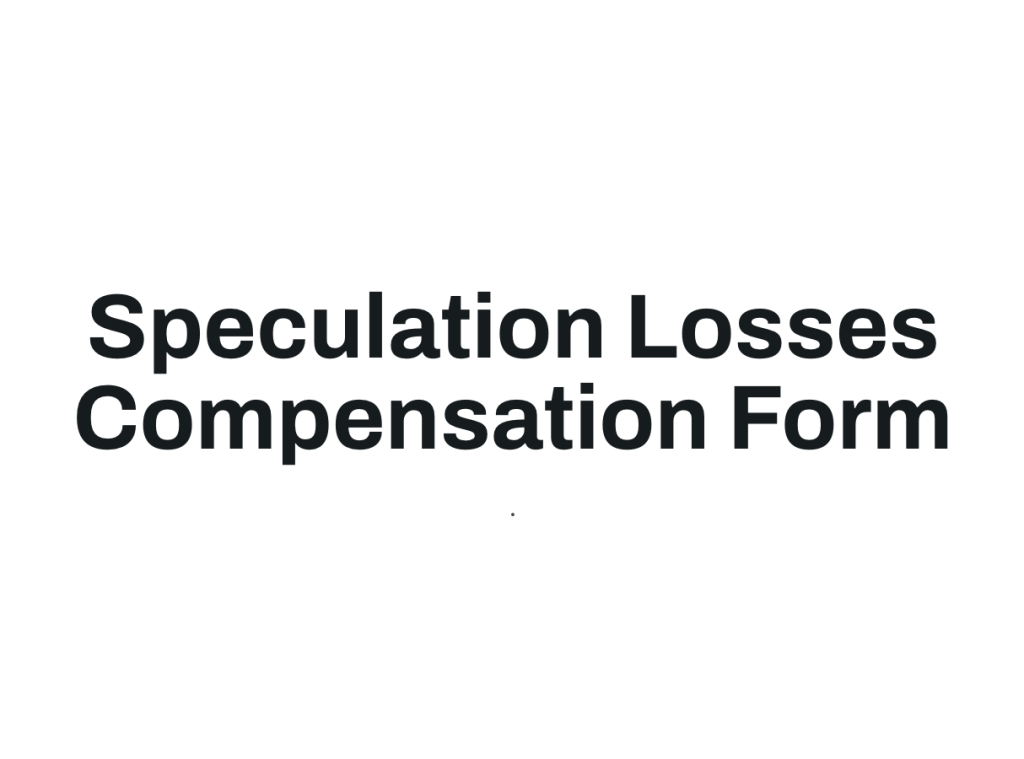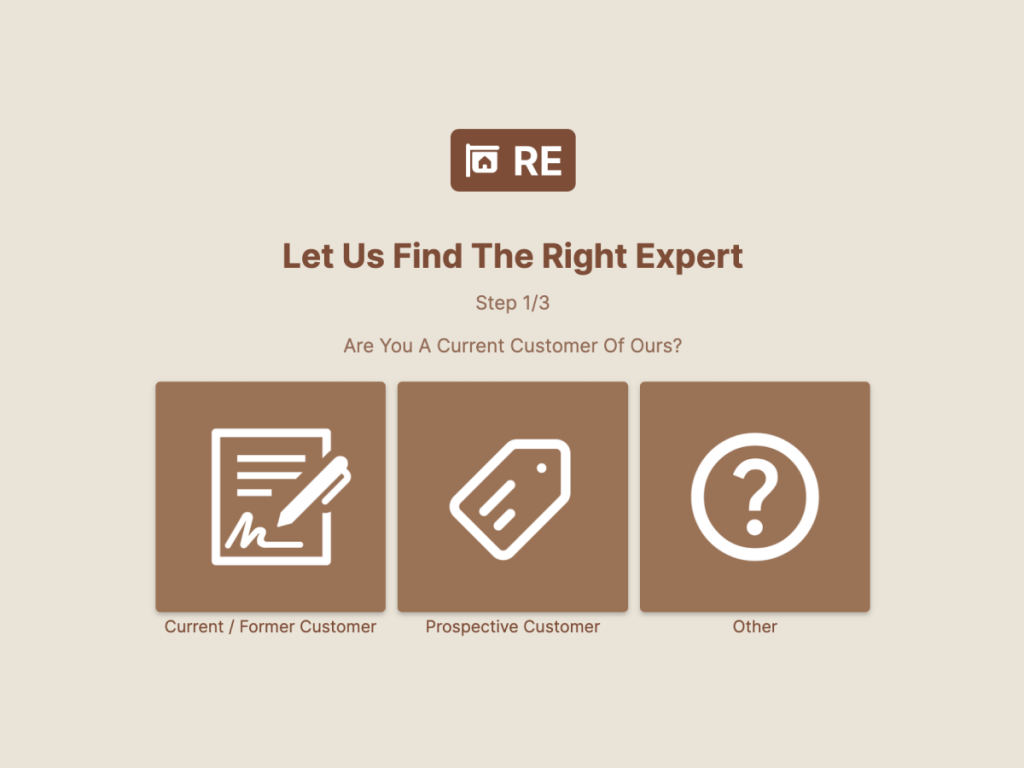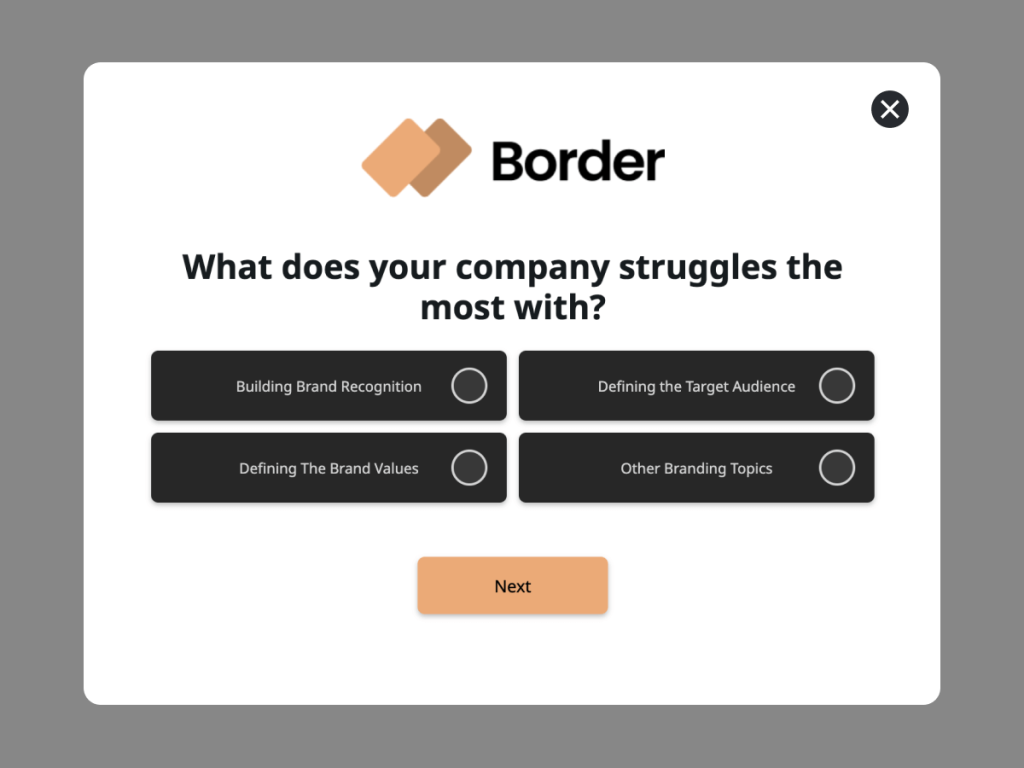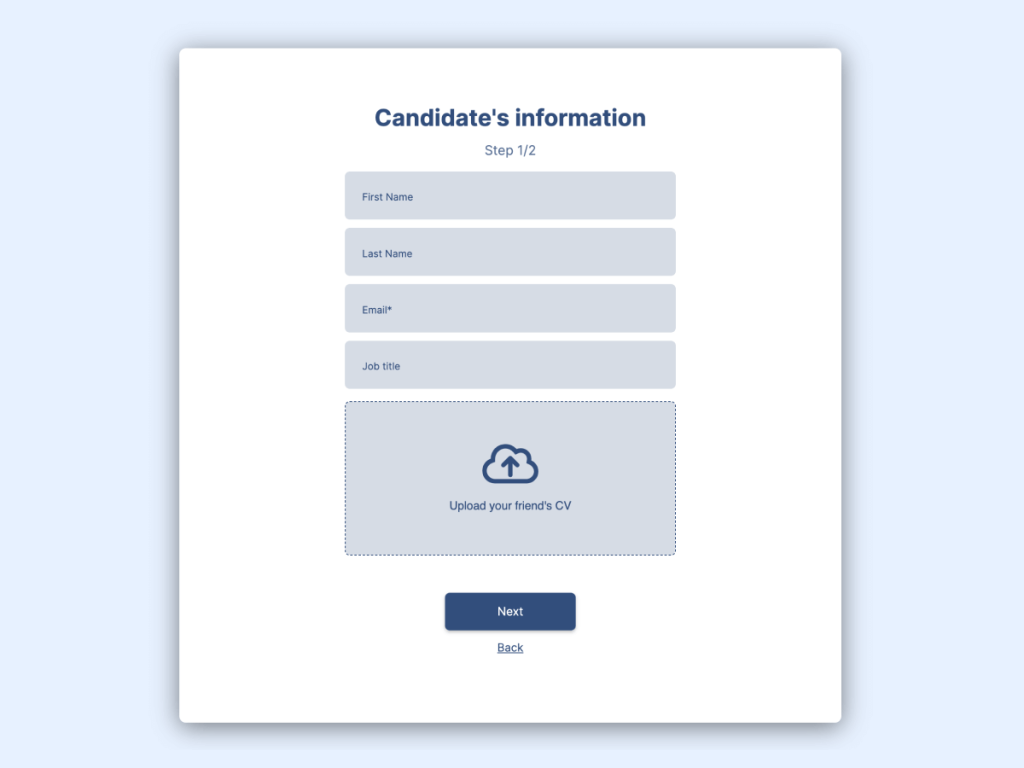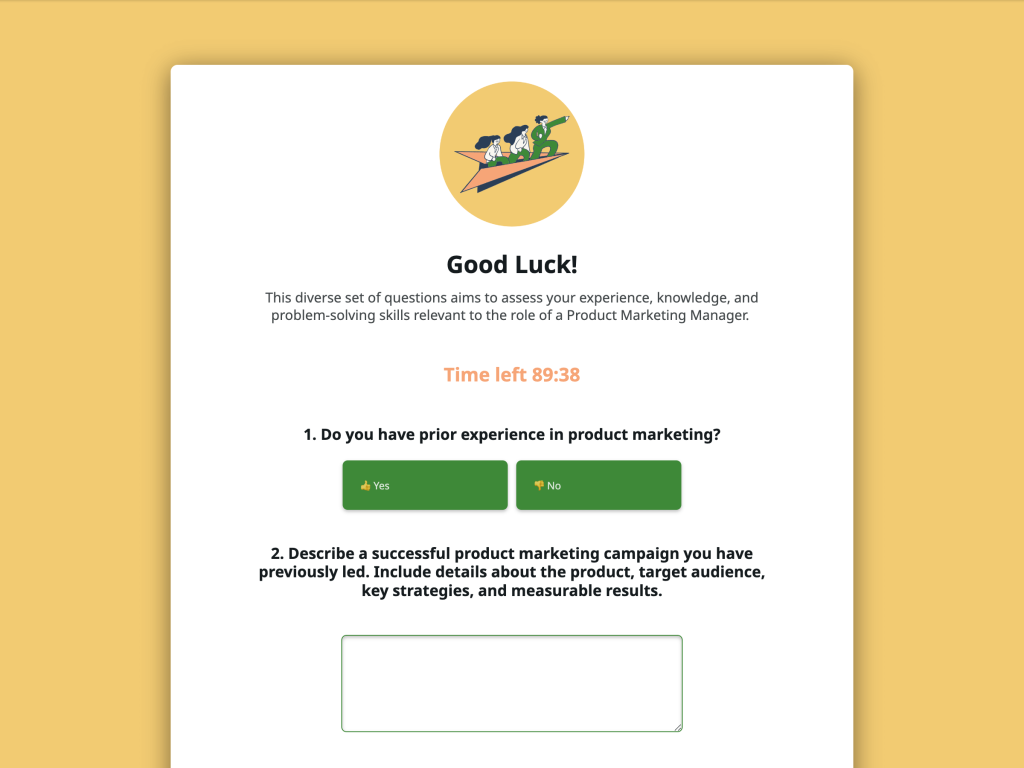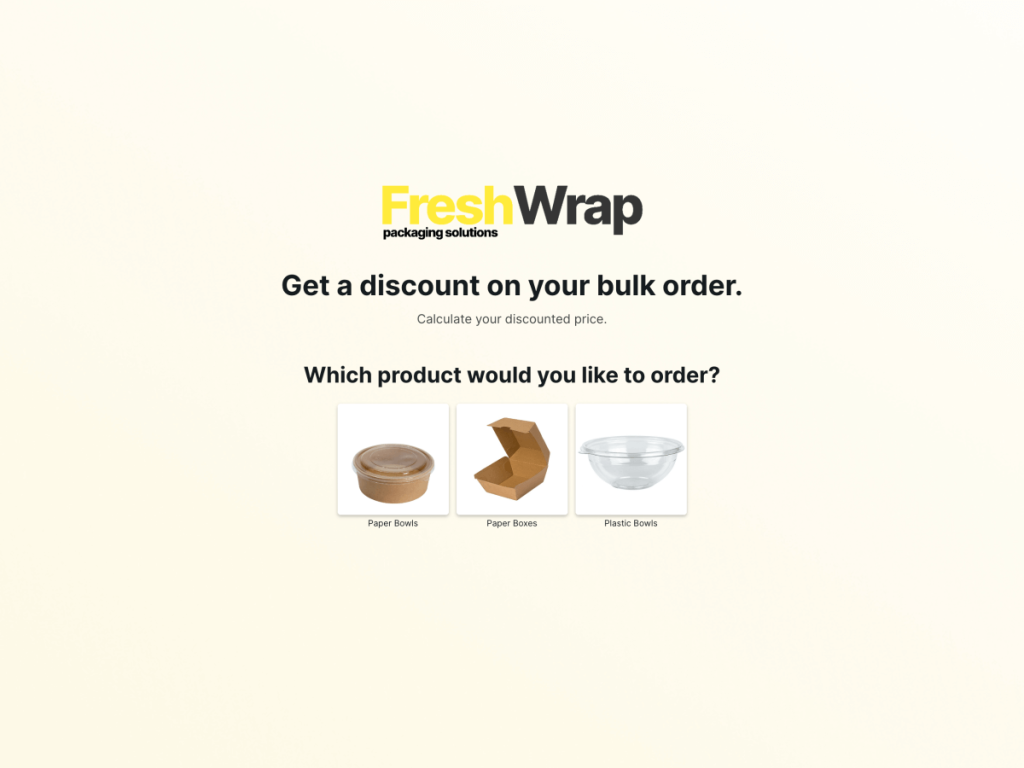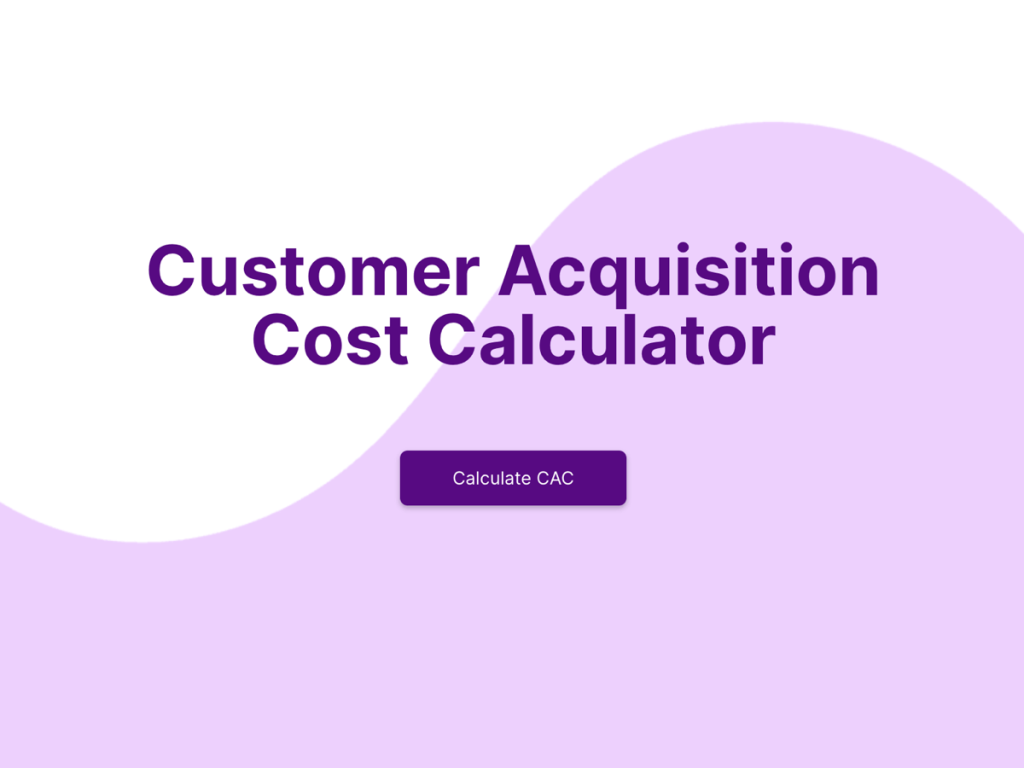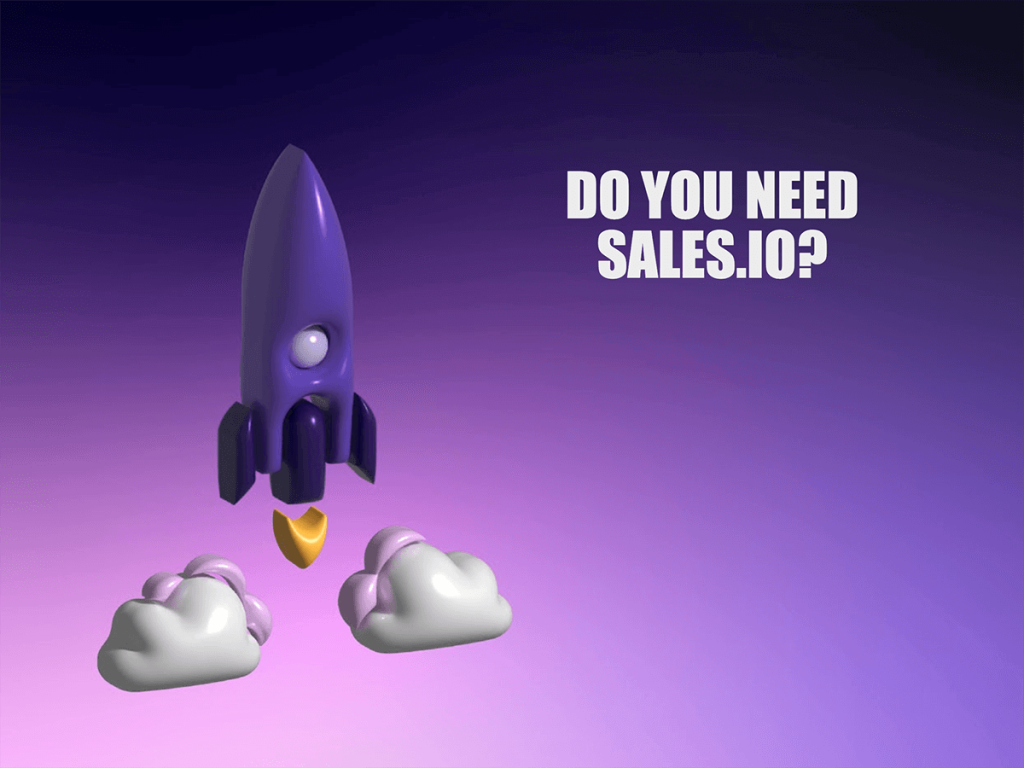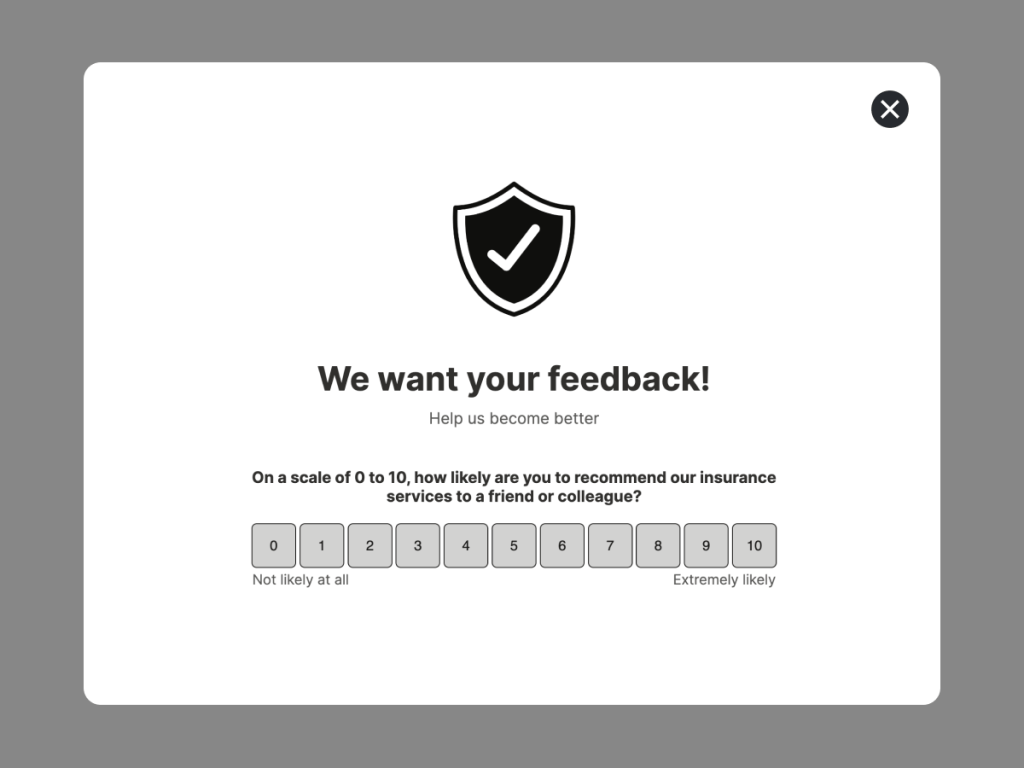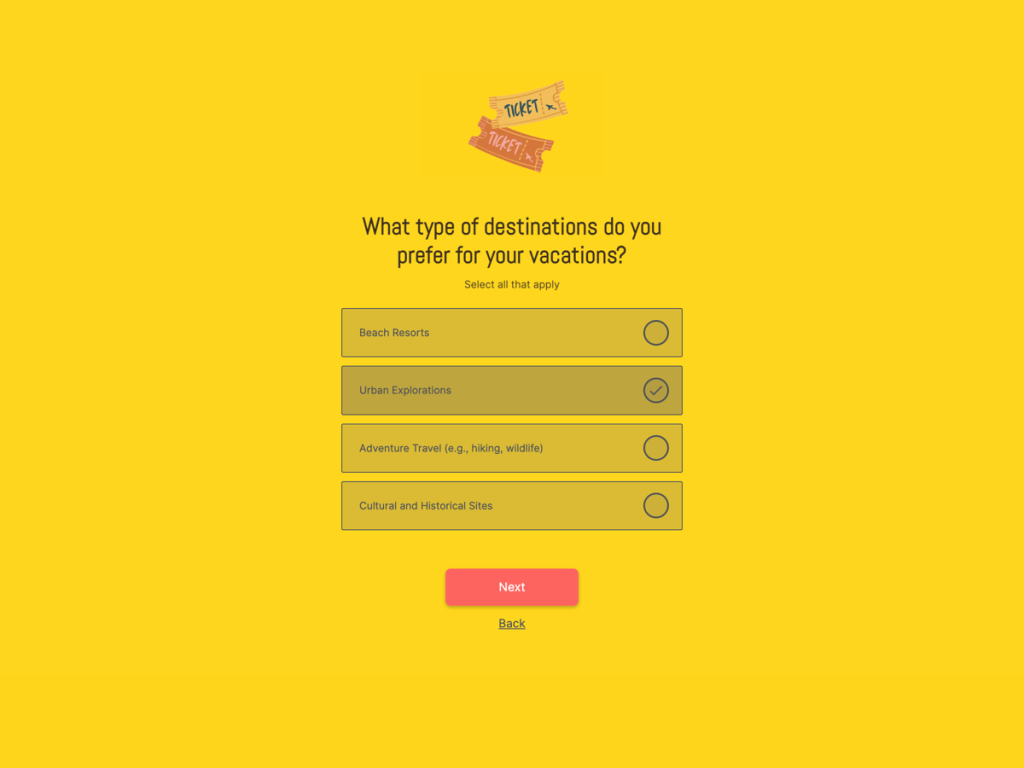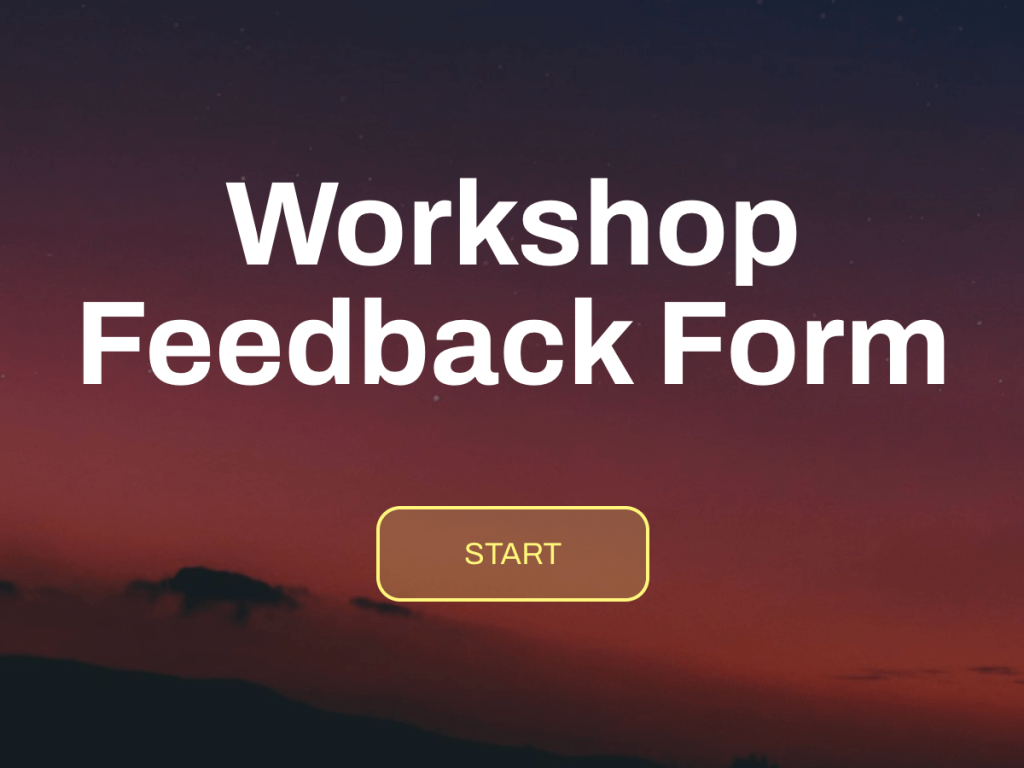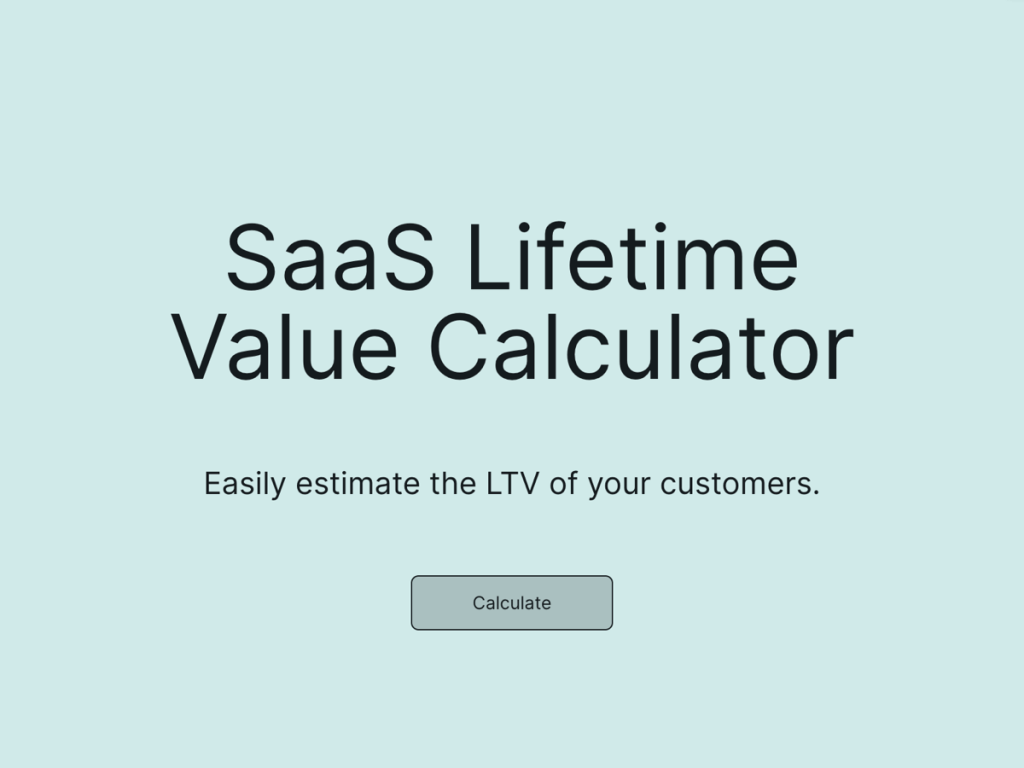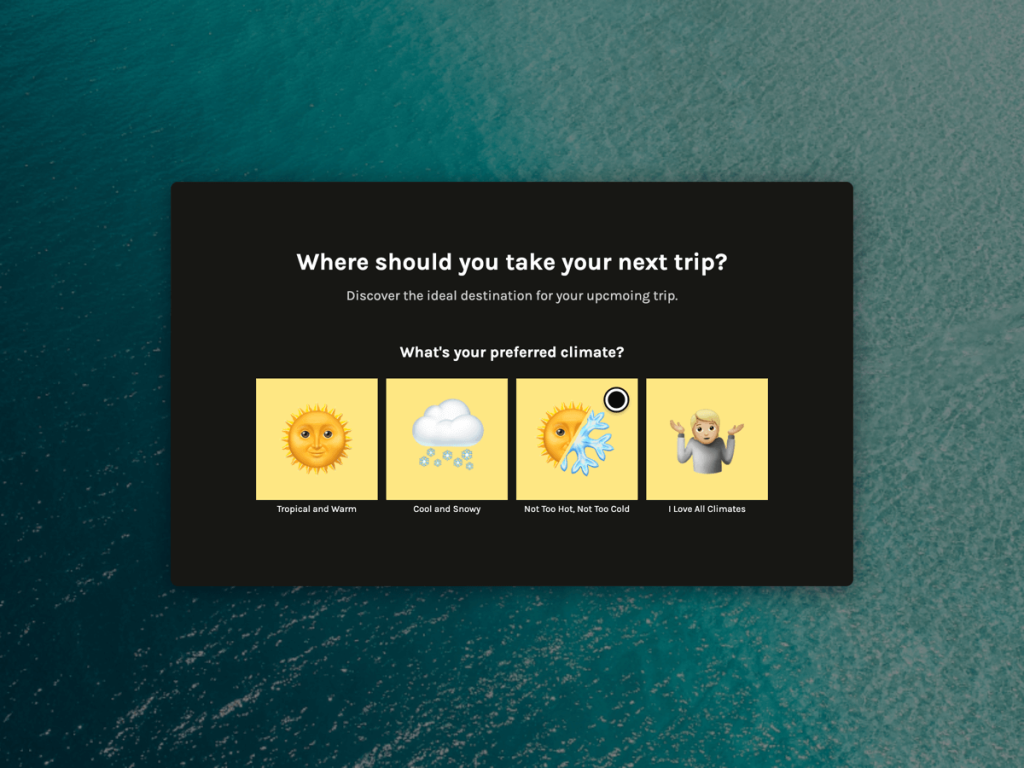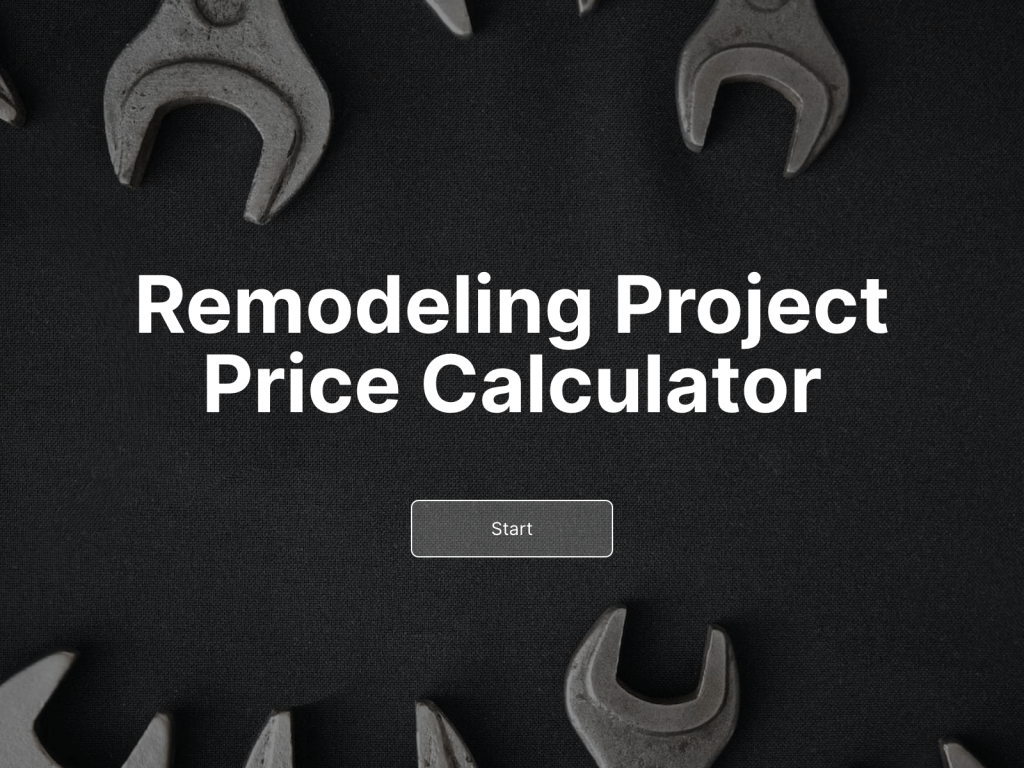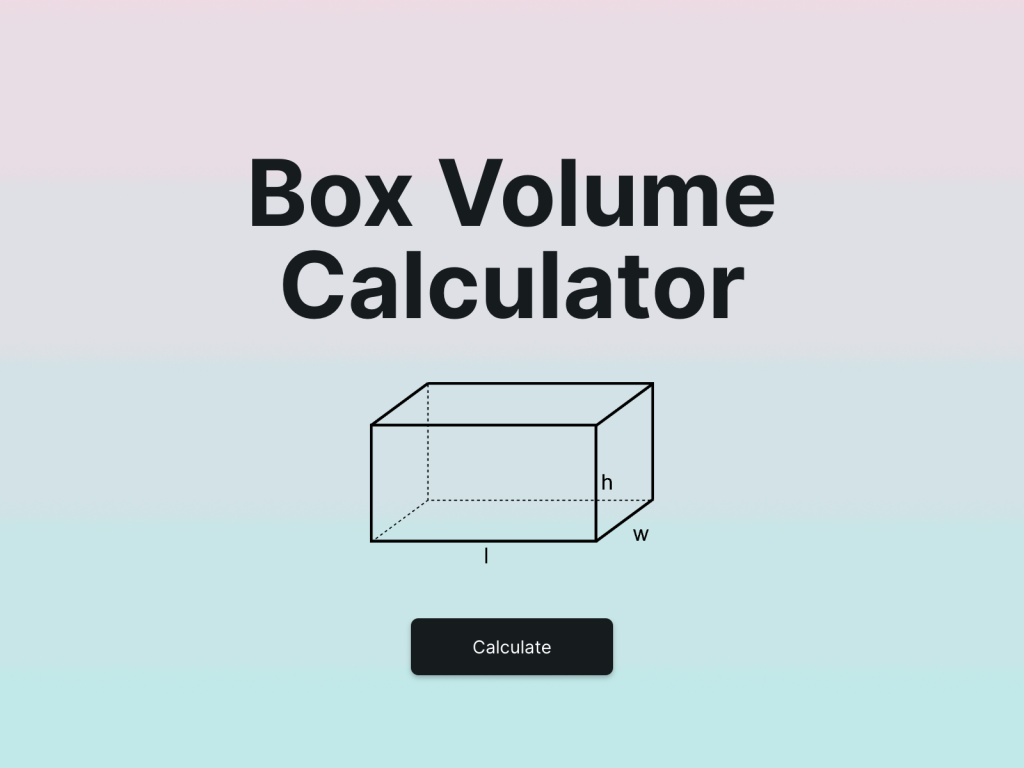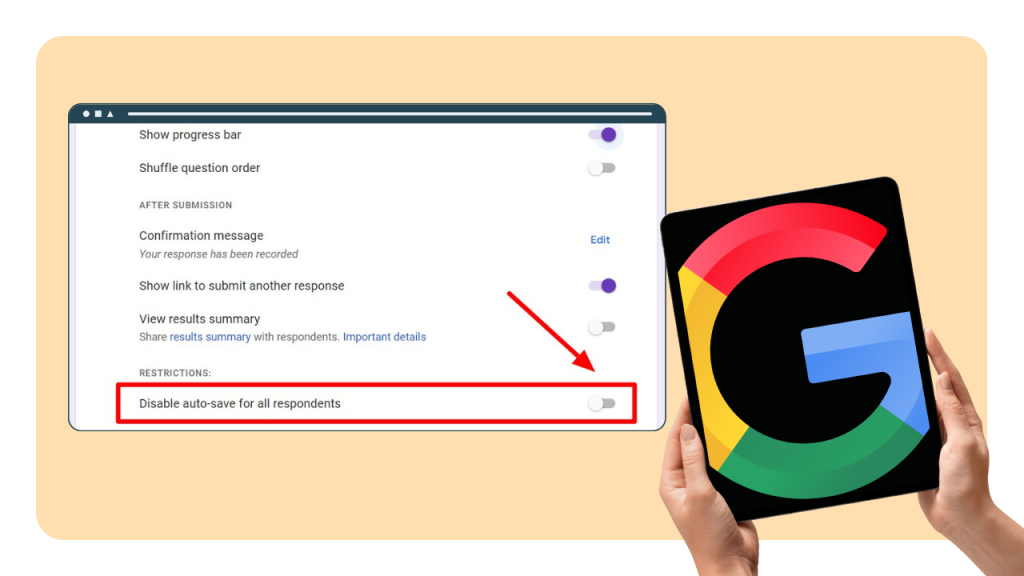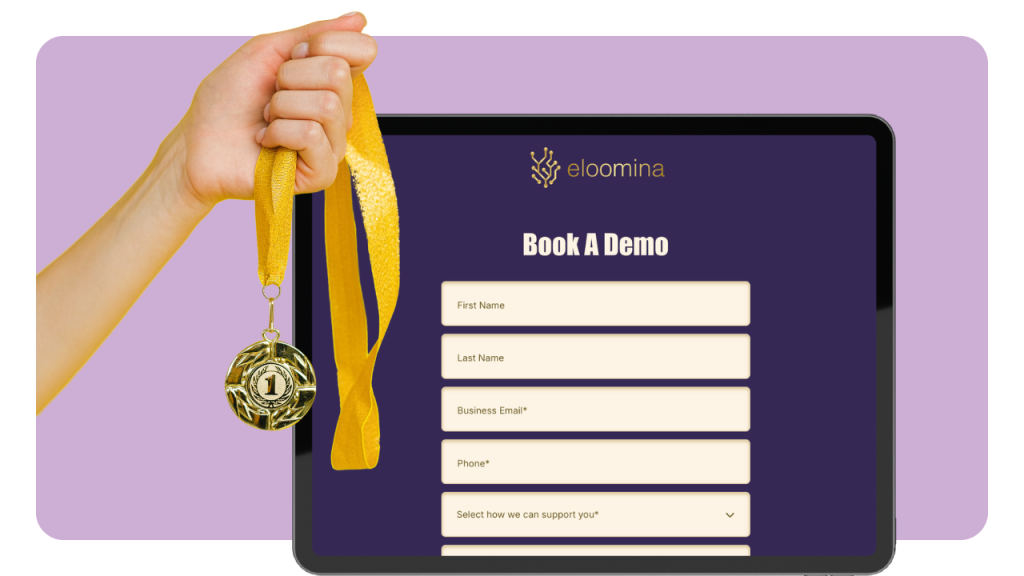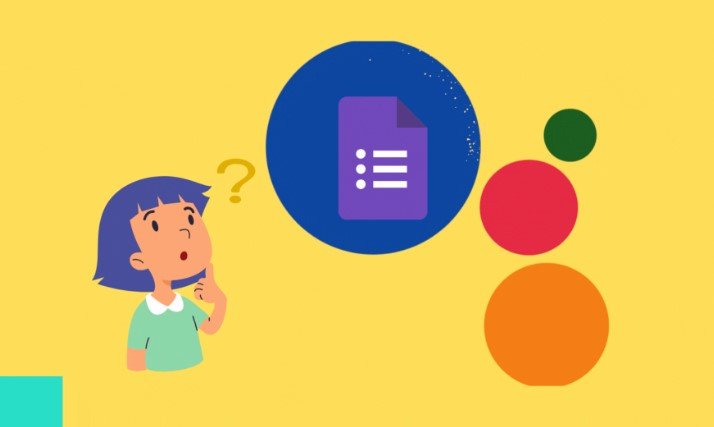Given the decisive importance and prevalence of data collection, it's essential to know how to collect it. But, even more important, it's vital to understand how to collect information in a manner that will most likely give you meaningful results.
As a budding marketer, you are probably seeking new and innovative methods for collecting data.
We'll provide some ideas on how you can improve your current process or experiment with new data collection methods:
1. Surveys, Polls & Questionnaires
Surveys, polls, and questionnaires gather information from a representative sample or a population. They contain multiple open-ended and close-ended questions and are set out in a way that’s simple enough to gather insights from your target audience, while not discouraging truthful and explicit answers.
The goal is to get people to respond truthfully to get meaningful data. By asking a series of questions and recording the answers, you can understand your target market's thoughts about your products or services and what they want or need.
Here are some useful tips for making surveys the right way.
Create all kinds of surveys
Customize pre-designed templates
Finance Portal Onboarding Funnel Template
Opinion Scale Survey for Energy Industry Template
Monthly Delivery Cancellation Funnel Template
Rate Your Tour Experience Survey Template
Opinion Scale Survey Template
Customer Profiling Survey for Ecommerce Template
If you decide to use any of these templates, you'll be able to embed your survey into the website or share with your audience as a link via email, social media or a QR code.
2. Interviews & Focus Groups
Interviews and focus groups collect data from a more specific audience. These methods collect information and opinions directly from people. In addition, they help capture direct observation data that has not been observed or recorded.

Interviews and focus groups are instrumental in generating ideas for new products and services and improving the current ones you offer.
Instead of a random group, you'll draw in a specific target market and learn more about their preferred products or services with a focus group study. It’s important when conducting a focus group to make sure that your audience has been carefully chosen, the environment is comfortable, and your moderator is skillful. This enables you to gather reliable data.
Create a branded form with AI to organize the next interview with your focus group:
Create your form with AI
Just paste your URL & click generate
You can even conduct interviews with your employees so that you can gather some vital data about your business and its inner workings. Remember we said that collecting data can help improve operations and processes? Well this is your starting point.
They are also more flexible than surveys and polls because it allows you to ask specific questions about your market, industry, or client base. How do you know which you should choose to use? Well, focus groups should only be used when interaction between your participants is necessary and beneficial.
3. Data Reports
Data reports are one of the most commonly used data collection methods because they provide a concise and easily readable format for sharing information.
This method usually involves a small amount of subjective interpretation but can be very effective for describing complex trends that are hard to follow in raw data.
Reports use graphical or statistical methodologies to convey a narrative of the source data. They give you a quick overview of an essential piece of data and often highlight the current market trends.
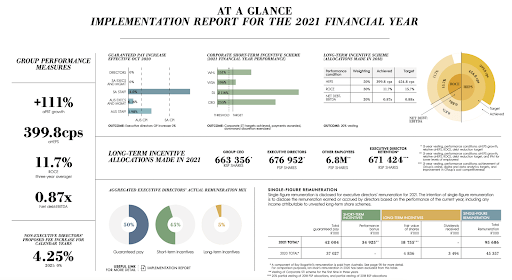
Reports can also help you to compare your business to a specific competition or provide actionable insights for your marketing plans.
Looking for more marketing reports or, better yet, templates? Here you go.
4. Online Forms
Online forms can effectively create, customize, and automate online data collection forms.
Creating online forms can be tricky, but with a lead funnel builder like involve.me on hand, it can be easy. In fact, it can take just minutes to get your online form set up and embedded on your website.
Online forms are beneficial for providing feedback on products or services before they hit the market. You will gather instant responses and insights from your target market, helping you refine and align your efforts.
For example, if you’re running an affiliate program, then you need an affiliate sign-up form. On this form, you might want to try to gather information such as the industry the person is in, their contact details, and the details of their websites and social media profiles.
Create Branded Forms For Your Website
Start with a template
Whitepaper Download Template
Sales Lead Form Template
Speculation Losses Compensation Form Template
Request Collection Form for Real Estate Template
Giveaway Form for Marketing Agencies Template
Employee Referral Form for Software Template
5. Secondary Collection Through Datasets, Documents & Records
Secondary data collection methods collect information through more significant groups of people who have already contributed to the market. It involves using third-party data sources such as online databases and search engines. They also include official records like census data, other reports, and published documents.
Secondary collection sources can be easily accessible and provide a wide variety of data points based on your target market's behavior or buying habits. If taken from reliable data sources (such as government websites or scientific articles), they can be more thorough and accurate than other collection techniques but are less targeted toward your exact audience.
6. First-Person Observation
First-person observation involves directly watching your target market in action. For example, you can observe your market by going to work, home, school, or other public spaces. You can follow a specific behavior over time or get a quick view of their routine.

By watching your target market, you'll be able to understand and record more about their behaviors and how they interact with the environment around them. This method is subjective but very effective for learning and documenting new trends that are hard to find otherwise.
7. Social Media Monitoring
Social media monitoring is a popular data collection method for its flexibility and ease of implementation. It enables you to collect real-time information.
Social media monitoring involves listening, watching, tracking, and responding to questions from social media comments. It can help you understand your consumers' reactions or behavior based on their response to specific events or trends in the news.
Popular tools for social media monitoring include Hootsuite, Social mention & Keyhole.
8. Online Tracking & Analytics
Online tracking and analytics provide a detailed overview of your business's performance based on user usage data. You can track individual user behavior over time, such as their search queries, purchasing habits, and browsing behaviors.

By gathering this information, you'll be able to identify common problems and uncover unmet needs. You can also measure your ROI for the capital spent on marketing or advertising.
Collect Data With Lead Magnets
Start with a template
What Personality Type Are You? Template
Property Finder Quiz Template
Client Intake Form For Legal Services Template
Job Skills Assessment Form Template
Recruiting Form for Solar Panel Installation Company Template
Finance Portal Onboarding Funnel Template
4 Tips For How To Make Data Collection More Engaging
With the data collection strategies above, you can gather the information you need from your target market to make informed decisions. But, many people believe that data collection is tedious and not worthwhile.
To make sure you are getting the most value out of your data collection, consider these tips for making it more engaging:
1. Utilize Visualized Data
Visualized data helps users understand complex information and easy-to-read reports with graphics and charts. It breaks down the information you're collecting and puts it into a simple, easy-to-understand format.
This approach helps you provide faster insights and make smarter decisions rather than relying on complex jargon.
Some people are visual thinkers. Therefore, asking them to write a paragraph on their experience with your company will not be effective. However, instead, you can ask them to fill out a pie chart, fill up an experience meter, or create a word cloud instead. You can also create a poll or a questionnaire that uses visuals instead of text.

To put it simply, questions should move away from text (which may be boring) and include images and visuals instead. You could even use gifs or emojis to express emotions and images to represent different situations.
You can get more engaged with your data by establishing a visual hierarchy and organizing the information, so it's clear and intuitive. To make data digestible, you need to minimize the complexity and make your messages clear and concise. Use headings, lists, and tables to organize your findings.
Start collecting data in an engaging way using inovlve.me! Try involve.me tool for free!
2. Use Calculators
Calculators offer personalized and customized interpretations of data. They are built into dashboards and reports, making them easier to use than spreadsheets or pivot tables.
Online calculators give you an instant overview of a single metric or a combination of metrics related to your target market's behavior. They help you quickly conclude your source data, whether a large dataset or just a tiny sample from your target market. As a result, you can get more personalized insights on what is impacting their buying decisions.
Create Custom Calculators
Start with a template
Job Salary Range Calculator Template
Bulk Order Calculator for Manufacturing Template
Personal Loan Calculator Template
Solar Panels Personalized Quote Template
Customer Acquisition Cost Calculator Template
Sales Qualified Lead Score Calculator Template
3. Employ Gamification
Gamification can help your data collection strategy by making it more engaging. It uses game mechanics (such as rewards, leaderboards points or levels) to draw your target market into a specific activity that involves effective data collection and analysis processes.
In addition, you can use gamification to increase engagement by making it fun to gather authentic customer insights.
You can incorporate gamification into any data collection method, whether your company's intranet, website, or online community. It turns data collection into a game designed to get people excited about the research process and make them feel like they're playing a part in it.
Let’s talk examples. This is an oldie but a goodie. Samsung launched Samsung Nation in 2011, a gamified corporate website that rewarded visitor engagement with points, badges, and promotions. Through the website, members participated in challenges and user-generated Q&As to win points.
4. Make Information Clear, and Accessible
The business's data collection process should be easy to understand and follow. You can get more people to participate in your data collection process and improve the efficiency of the process by making it clear and accessible.
You will get more people engaged in the process by communicating clearly about your company, your target market, and your data collection efforts. Complement this by using accessible data collection tools that are easy to understand without compromising the data's integrity.
How does this make your data collection more engaging? If the information you’re asking for isn’t clear then you risk alienating your target audience and the chances of them not completing the survey or interview or not completing it accurately is more likely.
Get Started with Online Surveys
With One Of Our 300+ Templates
G2 Review Funnel Template
Finance Portal Onboarding Funnel Template
Opinion Scale Survey for Insurance Template
Travel Giveaway Survey Template
Monthly Delivery Cancellation Funnel Template
Free $100 Coupon Giveaway Template
Final Thoughts
Qualified data collection methods are essential for creating strategies and making business decisions. Your data collection strategy should align with your company's goals and objectives to develop compelling data to help you meet those goals.
It's crucial to get the information from your target market in a way that provides real-time, actionable insights.
You'll need to choose a method that works for your type of business, and you can apply it across various platforms or environments. How do you know which method is right for you? It depends on what data you need, how fast you need it, and how much budget you have to collect it.
What comes next? After you’ve collected your data, you need to clean it (not all data collected is usable) and make sure it is relevant and well-structured. Working with incomplete or corrupted data for making decisions or predictions is the last thing you’d want to do. Keep in mind, if your data is bad then the conclusions and decisions may be bad as well. This is known in the data world as GiGo (garbage in, garbage out). It is better to thoroughly clean your data and if needed even run your data collection campaign again, just to make sure you work with the best quality of data you can get.
Once you have a clean data set, you can create reports from this data and visualizations to help you, your team of marketers, and your stakeholders get a better understanding of the insights collected.
Start collecting data in an engaging way using inovlve.me! Try involve.me tool for free!

